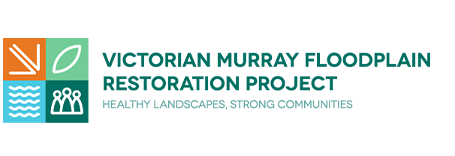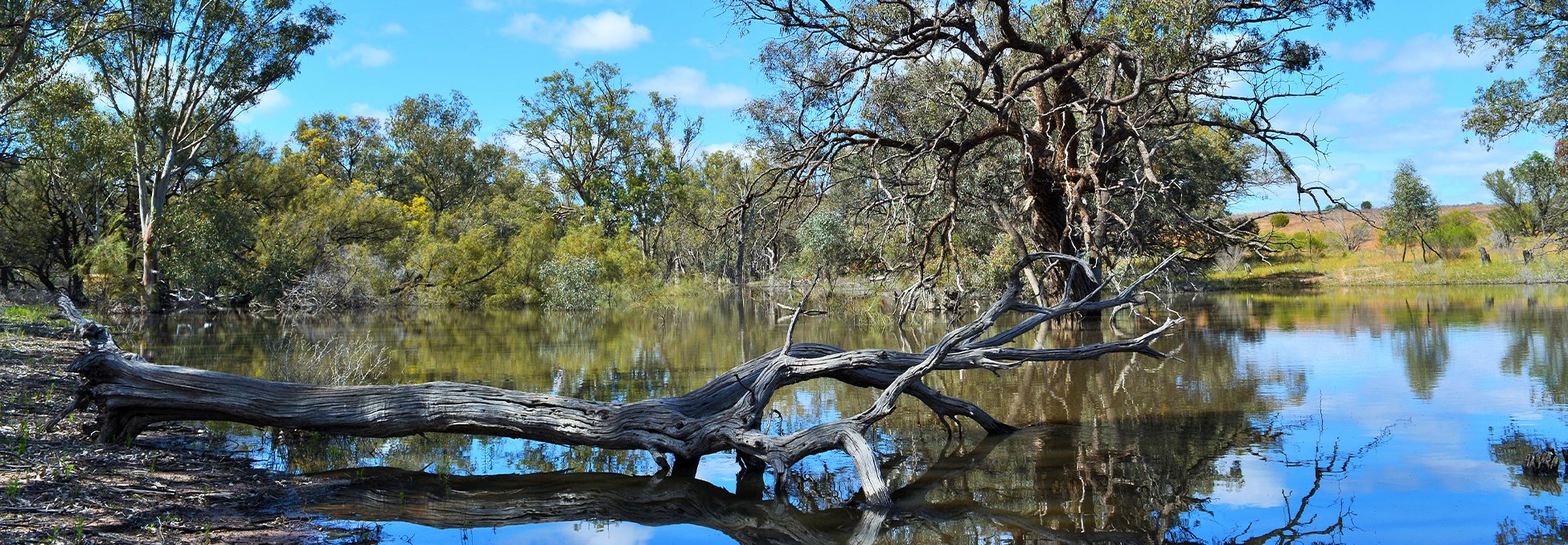EES / ER process
What is an EES/ER?
The EES process is Victoria’s most rigorous, transparent and comprehensive process for assessing the potential environmental impacts of large-scale projects, and how those effects will be managed during construction and operation.
An EES brings together the research, consultation and reasoning behind the projects and examines how the proposed works will potentially affect the environment. It is designed to provide decision-makers and the public with a detailed, rigorous report, and ensure the potential effects of a project are thoroughly understood to inform approval decisions.
The purpose of the EES is to:
- examine the existing environment that could be affected by the project
- consider the potential environmental, social, cultural and economic effects of the
proposed project - document the public and stakeholder consultation completed during investigations
and the issues raised - document how adverse effects have been avoided, minimised and/or managed
- propose an Environmental Management Framework and set of Environmental Delivery Standards for managing environmental effects during the construction and operation of the projects.
While our floodplain restoration work will have some short-term environmental impacts, it is expected to substantially improve the health of our floodplain ecosystems, protecting these valuable landscapes for generations to come. This work will also benefit river communities who can continue to enjoy their local spaces.
The Environmental Management Framework developed for the Project provides a transparent and integrated framework for appropriately managing environmental risk and mitigating the project’s adverse effects.
What is being investigated?
Fifteen specialist investigations are assessing potential impacts to the following areas:
| Agriculture (EES only) | Ecology – Terrestrial flora | Noise and vibration |
| Air quality | Geology, soils and contamination | Social and business |
| Bushfire | Groundwater | Surface water |
| Cultural heritage | Historic heritage | Landscape and visual |
| Ecology – Aquatic | Land use planning (EES only) | Traffic and transport |
Watch our Field in Focus series to learn more about these studies.
The matters to be investigated and documented in an EES or ER were set out in the Scoping Requirements developed by the Department of Environment, Land, Water and Planning (DELWP) and released in July 2021.
The Scoping Requirements also address impacts related to Commonwealth approvals under the Environment Protection and Biodiversity Conservation Act 1999 (EPBC Act) due to the potential for impacts on matters of national environmental significance.
The EES Scoping Requirements went through a public exhibition on the Engage Victoria website before release. Scoping Requirements for ERs are not released for public comment.
Exhibition
When the Minister is satisfied that the EES or ER is suitable, it will be released for public comment for either 20 or 30 business days. During this time, members of the public will be able to read the EES/ER documents and draft PSA and make written submissions.
The submission process is independently managed by Planning Panels Victoria. Submissions must be made using the Engage Victoria submissions page that will be advertised when exhibitions are open.
The Minister for Planning will appoint a Standing Inquiry and Advisory Committee (SIAC) specifically for the VMFRP, which will evaluate the effects of the nine projects, having regard to each EES/ER, the draft PSAs and public submissions. The SIAC is expected to conduct formal public hearings at which Lower Murray Water and people who have made submissions and want to be heard can make presentations.
More information
Read the VMFRP environment assessment referrals and reasons for the chosen assessment pathways.
Learn more about the EES process in Victoria or download a fact sheet explaining the different steps in the EES process.
Have your say
Visit our Get Involved page to find events near you.



